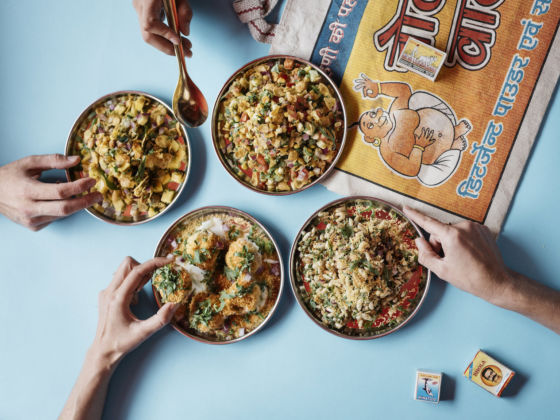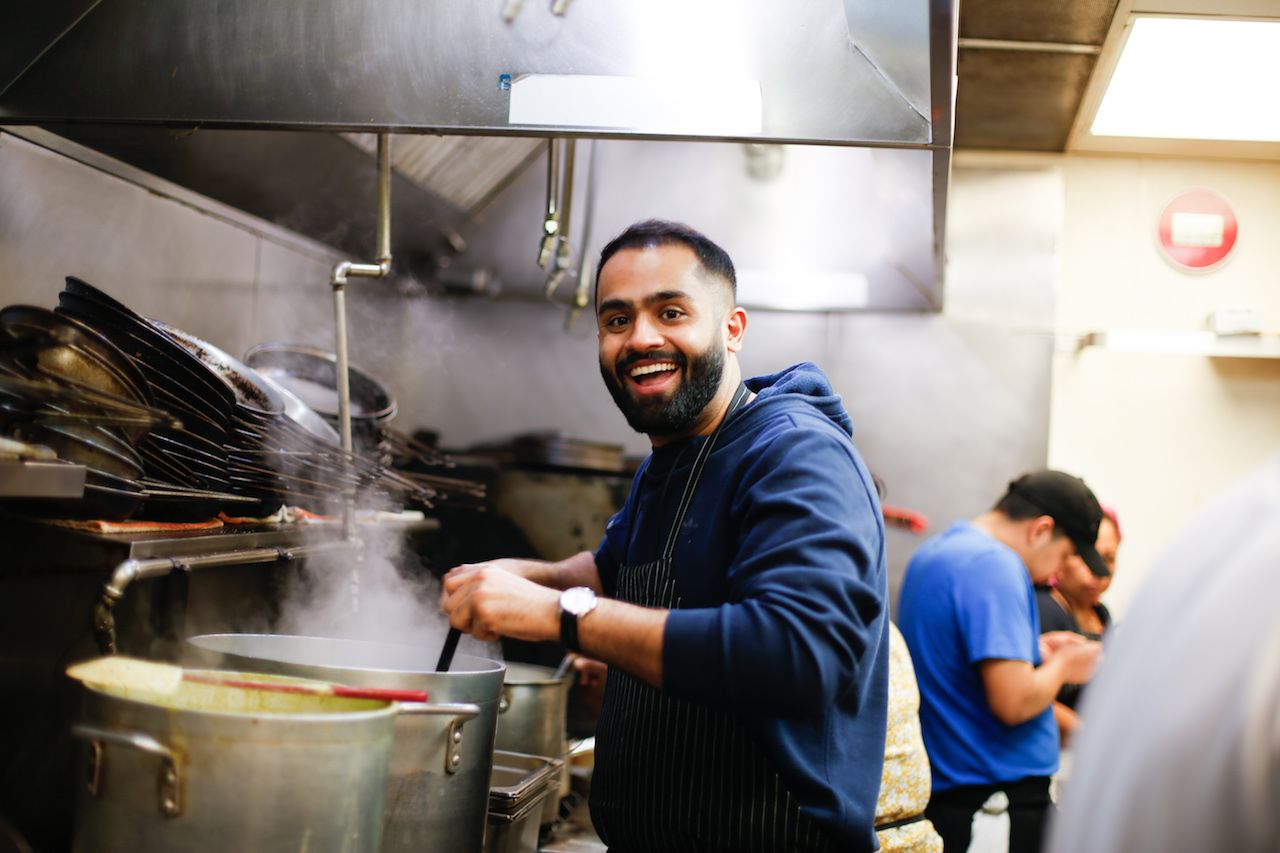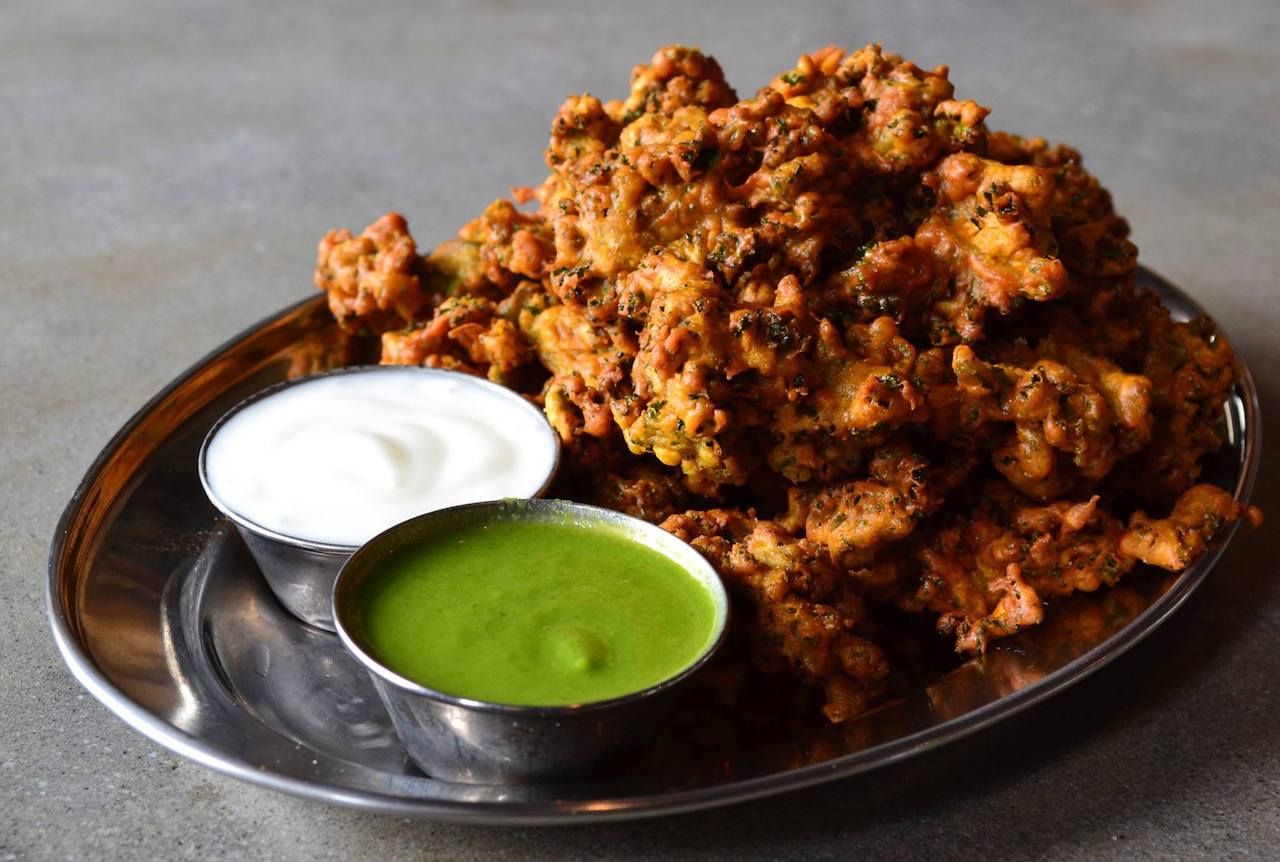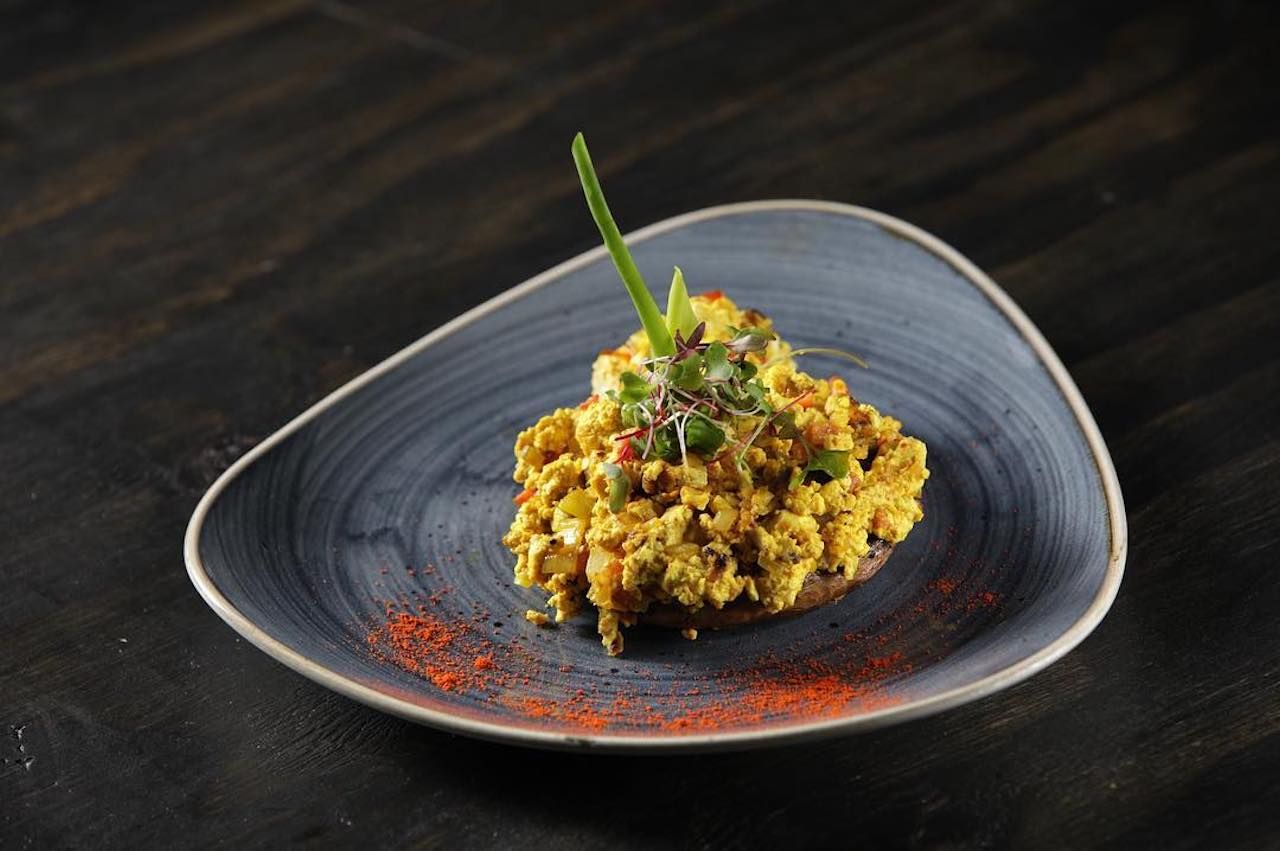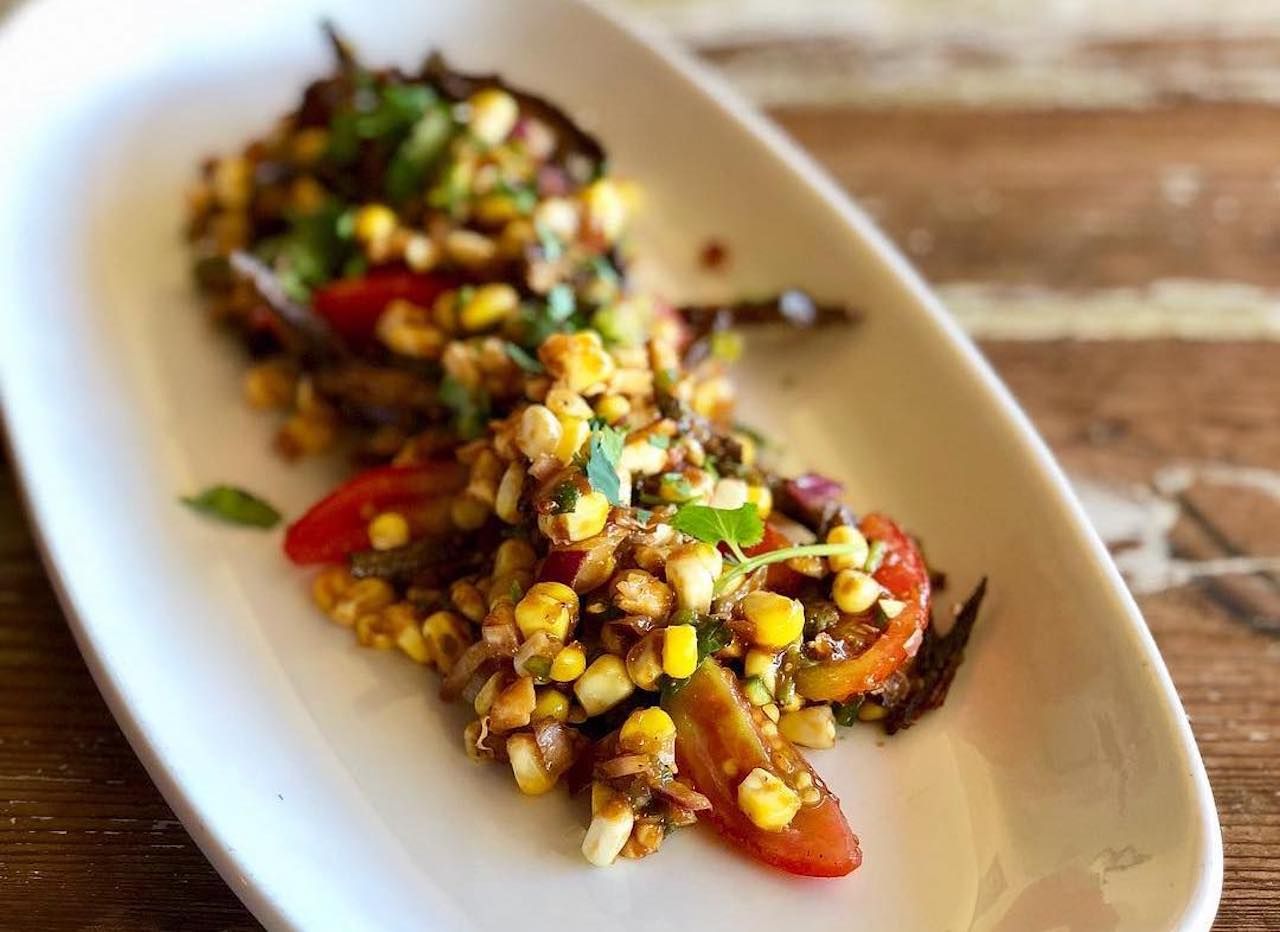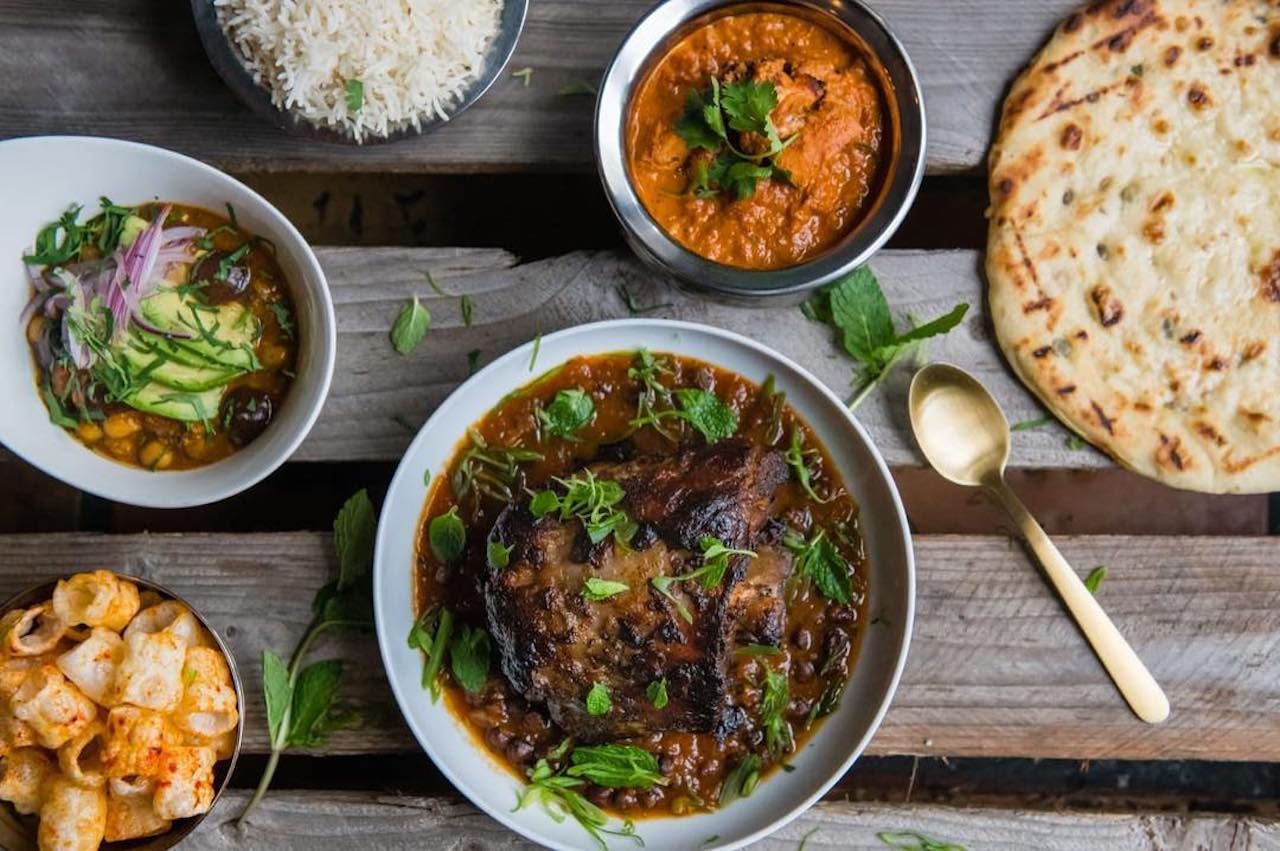The shiny orange layer of slime sitting on top of the chicken thighs looked suspicious. The sign said “butter chicken,” but it looked more like what was left in the sink when I was done washing dishes.
As an apprehensive 10-year-old, pretty much everything under the yellowing lights of the $8.95, all-you-can-eat buffet looked suspect. The walls were covered in pictures of the Taj Mahal, old Bollywood movies played on TV, and the entire place smelled like a New York City bodega took the contents of its “hot food” counter and dumped them into this Orange County strip mall.
